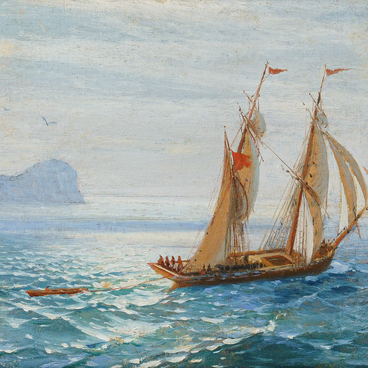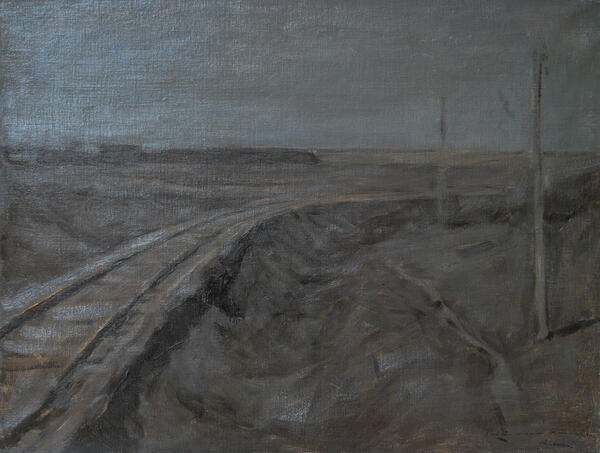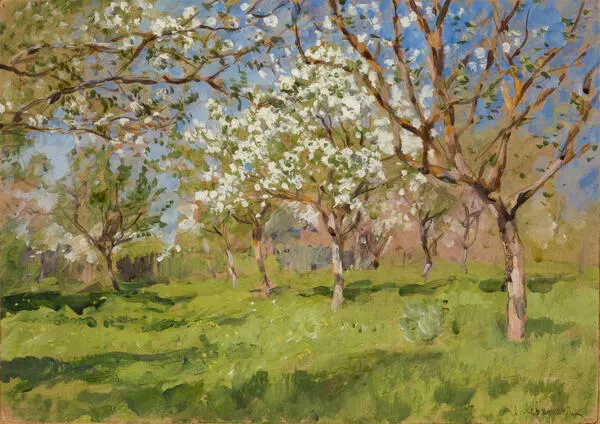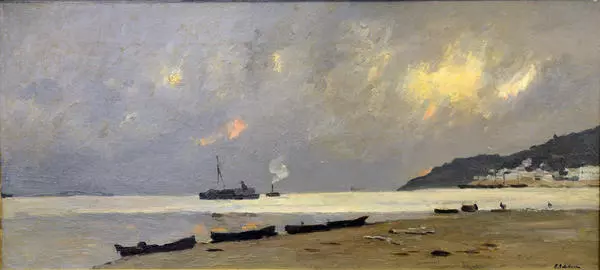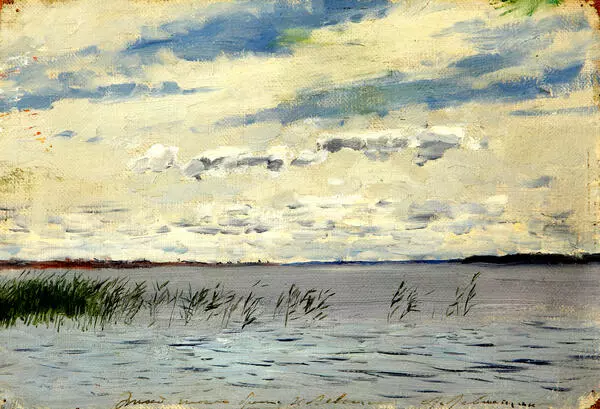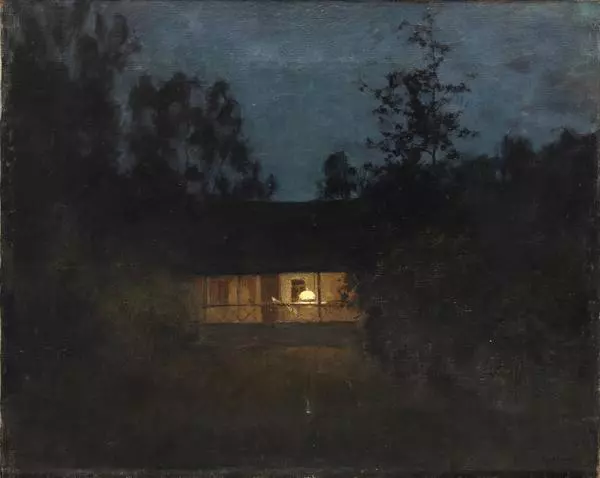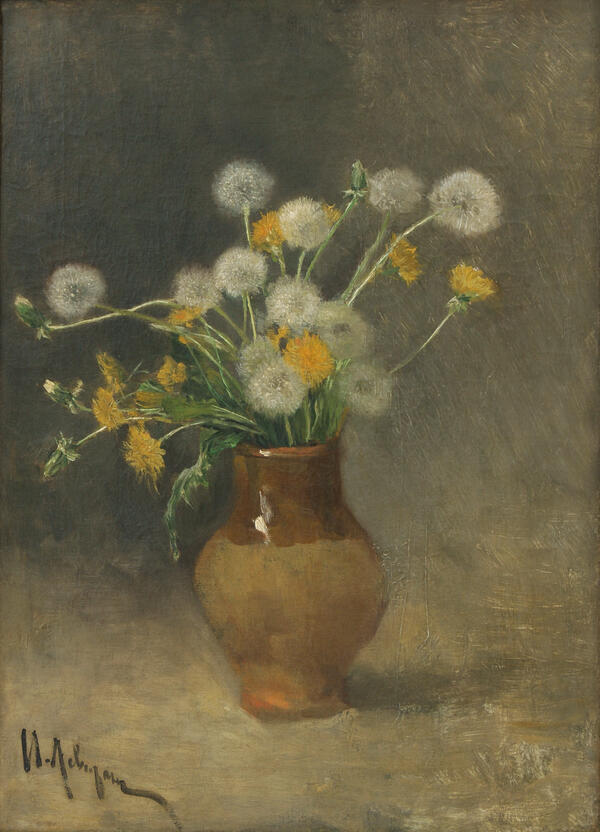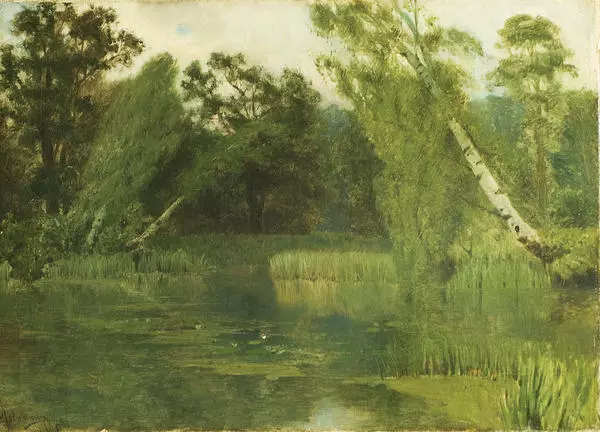The 19th century saw the development of plein air landscape painting which was associated with the advent of paint tubes. Landscape painters were able to work away from the studio, in natural light, and were no longer tied to one place. Artists began an active search for picturesque scenes throughout the vast expanses of the Russian Empire. Isaac Ilyich Levitan was no exception: he noticed the beautiful views of Vasilsursk and its surroundings during his first trip along the Volga River.
The artist became captivated with the Volga even before his journey — through the works of his teacher Alexey Kondratyevich Savrasov. In 1887, the artist fulfilled his long-nurtured dream of traveling along the Volga River. However, his first journey did not live up to his expectations.
“…I was extremely disappointed. I was waiting for the Volga as a source of strong artistic impressions, and instead, it seemed to me so dreary and dead that my heart ached, and I even thought of going back,” wrote Isaac Levitan.
The artist reflected this dreary mood in the painting “A Small Village in Vasilsursk”. Despite the warm color palette, the painting is filled with sadness and loneliness. In this landscape, Isaac Levitan depicted a village street with wooden one-story houses with thatched roofs. The street stretches from the foreground to the horizon. There are no plants or fences around the houses. On the side of the sandy road in the foreground, there is a lone yellow tree on the left, near the house, and a stunted yellowish shrub amidst withered grass on the right. Old village houses, the fading nature in anticipation of approaching chillness, gray sky, and the sandy deserted road leading the viewer deep into the poor village — everything is imbued with sorrow, yearning, and loneliness.



